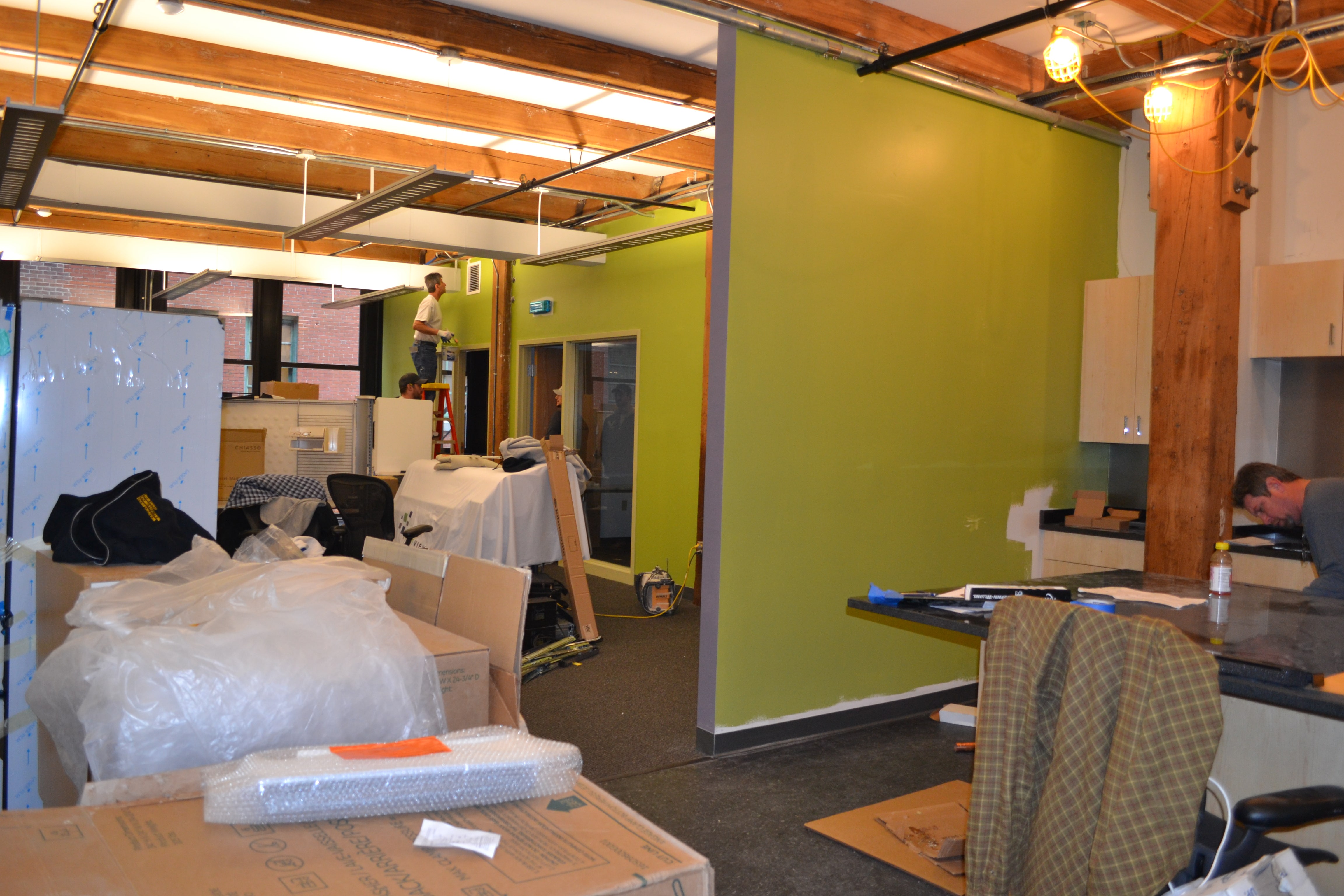If you’re a tenant about to sign a lease term of at least five years, the landlord will likely give you a tenant improvement allowance amount (TIA amount). This TIA from the landlord is generally quoted as a dollar amount per square foot. It should ideally cover most, if not all, of the costs associated with customizations or renovations necessary to make a space yours. It is also dependent on a number of factors. In this blog post, the Los Angeles commercial construction contractors at H.W. Holmes, Inc. breakdown a few of the things that determine what kind of tenant improvement allowance you can get from a landlord.
MARKET CONDITIONS FOR TENANT IMPROVEMENTS
The market at any given time can favor either the tenant or landlord. A “tenant’s market” implies the market has more vacant office space than prospective tenants looking. Landlords in this situation will often decrease rent and offer more appealing concessions or allowances to lure a prospective tenant into their space.
Meanwhile, a landlord’s market describes a situation where there is limited available office space in a given market but many prospective tenants looking. Landlords in this type of market can increase rental rates and offer few, if any at all, concessions or allowances.
Clearly, a tenant’s market means a more favorable tenant improvement allowance amount can be expected.
LENGTH OF LEASE TERM
Longer-term leases make TIAs more appealing to landlords. Generally speaking, a lease of a minimum of three years is needed for a TIA. However, if a prospective tenant is looking to have walls moved or taken down, most landlords will want a lease agreement of at least five years or more.
The less of a commitment you make, the less likely you are to get a substantial TIA. The landlord has to financially protect themselves. If the space is vacant again within another year or two after substantial customizations, the next tenant coming in probably won’t want the space as is. It had just been customized for you. The landlord will then be expected to pay out another tenant improvement allowance amount for the next tenant’s customization.
This is why a 3-to-5 year lease term is a tenant’s ticket to the best TIA from a landlord. Longer leases ensure the landlord continued revenue from the space for a known period of time. This makes specially customized tenant improvements to the space more financially feasible.
That’s also a good time frame for a small business to remain at one location. Switching addresses too often complicates your marketing and other things.
THE TYPE OF TENANT IMPROVEMENTS YOU WANT
Landlords ideally want to put TIA money towards improvements that will increase the space’s value over time. A TIA is more likely to be granted for aesthetic improvements like customized light fixtures, carpeting, new flooring, drywall, or painting that are specific to the space itself. Click here to learn how tenants can get the most from their tenant improvement allowance amount. Plumbing, HVAC systems, fire protection, and additions that benefit the building’s value won’t be approved or factored into any landlord’s TIA. These are things the landlord will cover themselves as the work involved might be disruptive to other tenants or compromise the building’s structural integrity.
LOOKING FOR A LOS ANGELES AREA TENANT IMPROVEMENT CONTRACTOR?
H.W. Holmes, Inc. has been a top Los Angeles area tenant improvement contractor for decades. Whether you’re a landlord or a tenant with a tenant improvement allowance amount, don’t hesitate to contact us today at (805) 383-9929 for a free project estimate. We can take on any office tenant improvement as well as retail or restaurant renovation. Let’s discuss your project!

